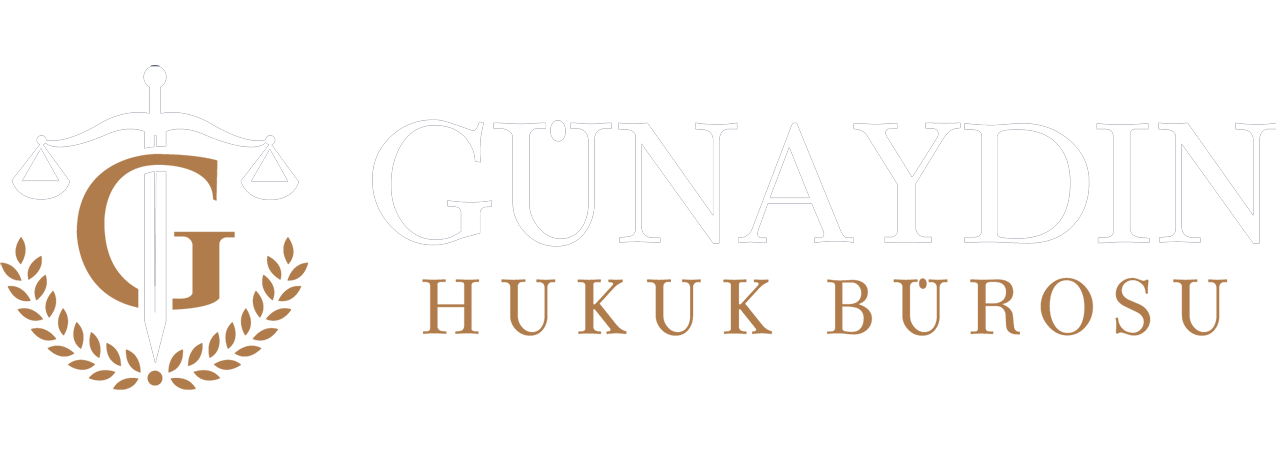Execution proceedings can beinitiated by the creditor or his/her lawyer. The necessary documents are prepared and applied to the enforcement directorate located in the settlement of the person to be executed with these documents. In order for the application to be accepted, in addition to these documents, the payment order and follow-up request must also be prepared. Then, the determined fee amount is paid by going to the enforcement dispatch office. The person is directed to another executive directorate here. Here, the prepared documents are left and the necessary procedures are carried out to send a payment order to the other party.
The enforcement procedure can basically be summarised as the initiation of a proceeding against the person and finally the sale of his/her property and the payment of his/her debts and court costs. In order for this process to begin, the creditor must first apply to the court for the unpaid receivable. Because it is not possible to start enforcement without a court decision. After the court’s decision, if the debtor does not pay the debt within 10 days or does not make an objection, forced enforcement begins.
However, it is not correct in terms of the legal order that debtors are excessively victimised. For this reason, items that help people to continue their lives are not subject to seizure. Those that can be seized are as follows:
- Immovable property
- Vehicles, luxury boats, etc. that are not considered essential for life
- 1/4 of the salary
Execution proceedings are divided into two categories: general and specific execution. Only one creditor is mentioned in the summary enforcement proceedings. Only a part of the debtor’s assets is seized and this receivable is paid. On the other hand, a full enforcement proceeding is a proceeding that can only be applied for persons who have the title of merchant. Here, all assets of the debtor are seized and all creditors are paid.

